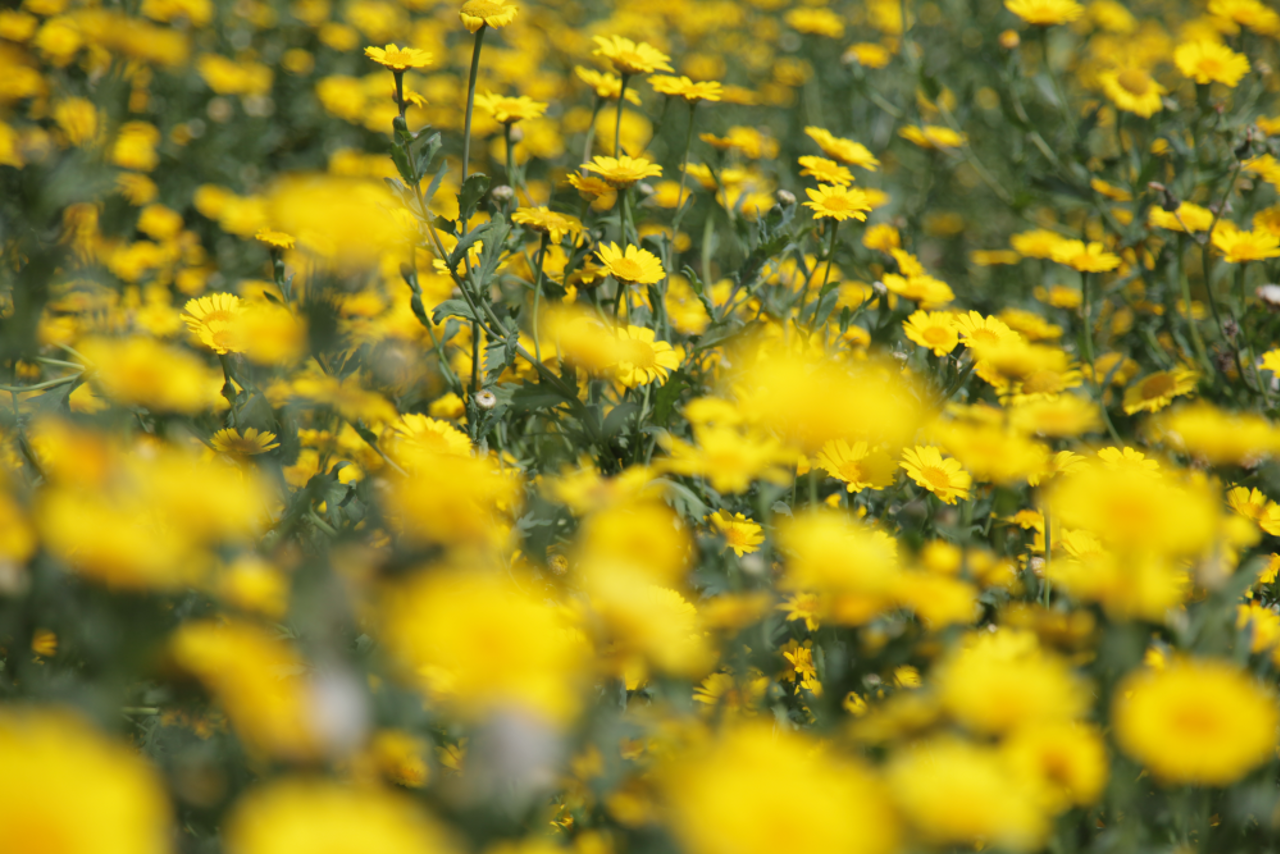
More Info
Feedback
Your feedback is central to ensuring that this development will ultimately work well and produce real and genuine benefits for your community. Whether you would like to share your feedback or have a query on the proposed solar farm or how this process is being carried out, we encourage you to get in touch via the Contact Us facilities on this website.
Answers to frequently asked questions
Statkraft has been making clean energy possible for over a century. Today, we are Europe’s largest renewable energy producer and a global company in energy market operations.
Statkraft is already playing a leading role in the transition to a low carbon future and believe that the company’s experience and capabilities will be of service to Ireland in this transition over the coming years.
In Ireland, Statkraft develops, builds, owns and operates renewable energy projects. It is experienced in a diverse range of technologies such as onshore wind, solar, offshore wind, battery storage and grid services. It is also involved in the trading and origination of power from our own projects and those of third parties.
Since entering the market in 2018, Statkraft Ireland has more than tripled its workforce and tripled its development portfolio. It is one of the selected growth markets for wind and solar power in Statkraft, given the country’s significant renewable energy resources, particularly in terms of wind energy.
Further investments in Irish renewables fit well into Statkraft’s growth strategy. The company’s global ambition is to develop 2,500-3,000 MW of renewable energy capacity annually from 2025. This includes Statkraft Ireland's ambitious plans to roll out 3 GW of renewable energy projects in Ireland by 2030.
There is currently over 1000 MW of installed energy storage in Ireland today right across the island of Ireland, which is largely made up of Battery Energy Storage Systems (BESS) and pumped hydro storage. Long Duration Energy Storage (LDES) are the next generation of battery storage.
BESS can store energy for up to 4 hours, whereas LDES can store energy for between 8-12 hours.
The construction of LDES projects typically takes between 2 and 3 years
A national review (link) of Ireland’s grid infrastructure was carried out to identify the most suitable locations for energy storage facilities. These sites are typically chosen near existing electricity substations. The proposed Derryroe Project is situated adjacent to the 220 kV Clashavoon Substation.
Once a site is identified, factors such as ecology and landscape are considered to ensure that the site was suitable for a development of this kind. Additionally, there will be a robust Environmental Management Plan submitted as part of the planning documentation which will guide the project and ensure that the surrounding environment is protected and that the environmental benefits are maximised.
Lithium-ion batteries are a popular choice for LDES projects because they offer a strong mix of performance, reliability, and cost-effectiveness. Their high energy density means they can store a large amount of energy in a compact space, making them ideal for grid-scale applications. They retain charge well—losing only about 5% per month, which is significantly better than alternatives like Nickel Metal Hydride batteries. Unlike some older technologies, lithium-ion batteries don’t need to be fully discharged before recharging and can handle hundreds of charge/discharge cycles. They’re also relatively affordable and benefit from a wide range of European standards that ensure they’re safe, durable, and reliable throughout their lifecycle.
Safety is fundamental to the development and design of energy storage systems. Each energy storage unit has multiple layers of prevention, protection and mitigation systems. These minimise the risk of overcharge, overheating or mechanical damage that could result in an incident such as a fire. There are also national and international best practice guidelines for industry to aid developers in the design and operation of battery storage systems in a safe and secure manner. A global approach to hazard management in the development of energy storage projects has made the lithium-ion battery one of the safest types of energy storage system.
Safety is a top priority in LDES projects, and extensive testing and real-world experience show that these systems are well-contained and pose minimal risk to surrounding communities. In the rare event of a battery fire, the incident is confined within the facility, and air quality in nearby areas remains within safe limits. Laboratory tests on lithium-ion batteries during thermal runaway show that the emissions are similar to those from common plastic fires. Even during actual energy storage system (ESS) fire events, environmental agencies like the EPA have found only trace amounts of chemicals in the air, with overall air quality staying safe. These findings, combined with strict international safety standards for lithium-ion battery design and operation, help ensure that LDES facilities are not only effective but also safe for the public and the environment.
There is a Community Benefit Fund (CBF) associated with this project of €25,000 a year for the duration of the construction period and the first 5 subsequent years. If you would like to know more about the CBF or have any ideas of how you would like to see the money invested in your community, please contact the Community Liaison Officer for this project John Lowry using the contact information on the Contact Page